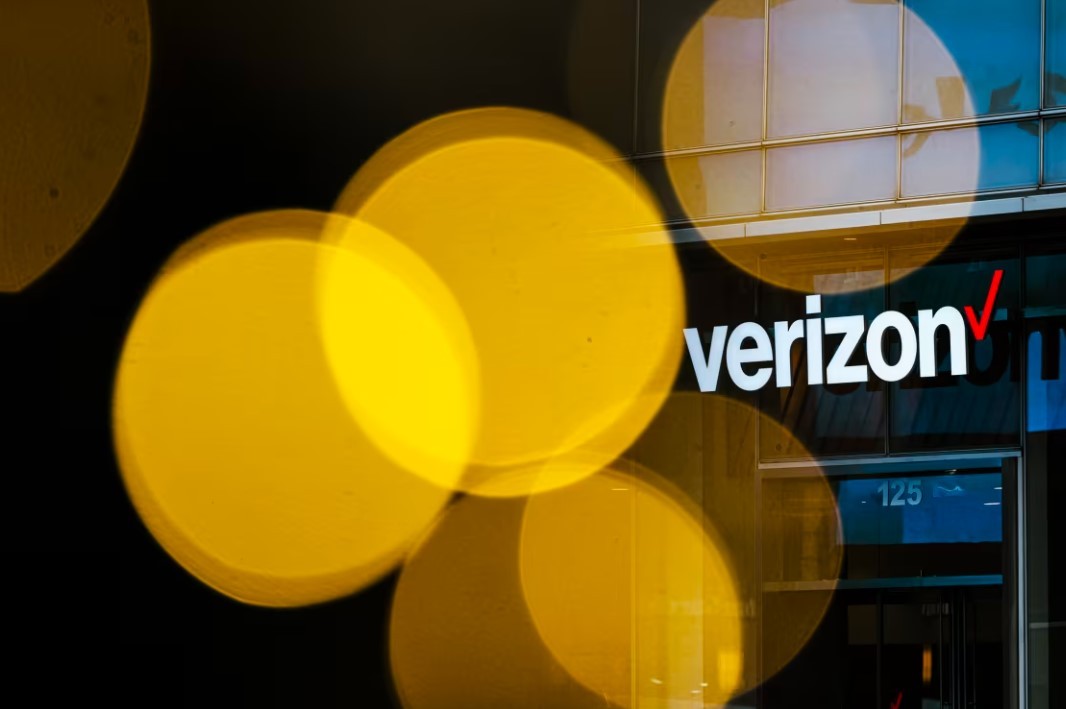10 Best Decoration Ideas for Lunar New Year
Lunar New Year celebration is another chance to enjoy bright colors, festive food and Asian party decor with friends and family. Also, Chinese New Year is another opportunity to change a life, inviting more exciting events, positive changes, wealth and happiness into your home, according to Lushome.
Chinese New Year celebration is about making wishes, sharing great food and fun of making paper crafts, exotic Asian decorations and creating a festive atmosphere for the entire year. Chinese New Year celebrations are a perfect time to Feng Shui home for wealth and create a relaxing and balanced environment that supports your dreams and attracts good luck.
The positive energy of the Lunar New Year celebration, created by people around the globe, is great support for all who want to learn about Asian cultures and bring more magic into life, inspired by the mysterious Moon and glowing paper lanterns.
Check out this article to get top 10 brilliant decoration ideas for the Chinese Lunar New Year!
1. Chinese Red Lanterns — Drive Off Bad Luck
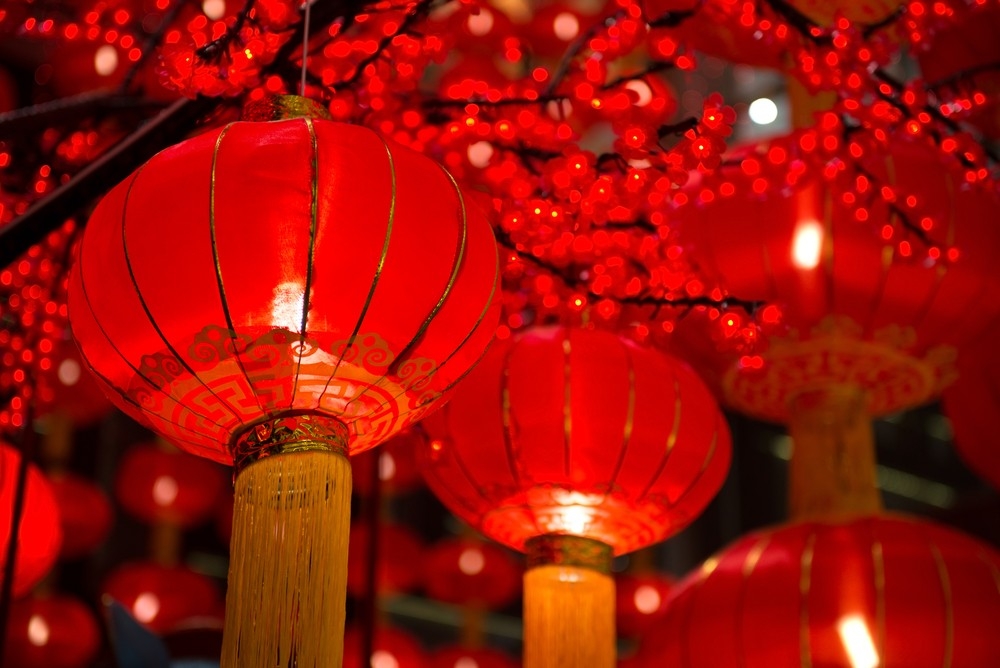 |
| Photo: The Jakarta Post |
Chinese lanterns are used in important festivals such as the Spring Festival (Chinese New Year to the Lantern Festival) and the Mid-Autumn Festival, notes China Highlights.
During Chinese New Year it is not uncommon to see lanterns hung on trees in the streets, office buildings, and doors of houses. Hanging a red lantern in front of the door is believed to drive off bad luck.
2. Door Couplets — Best Wishes for the Coming Year
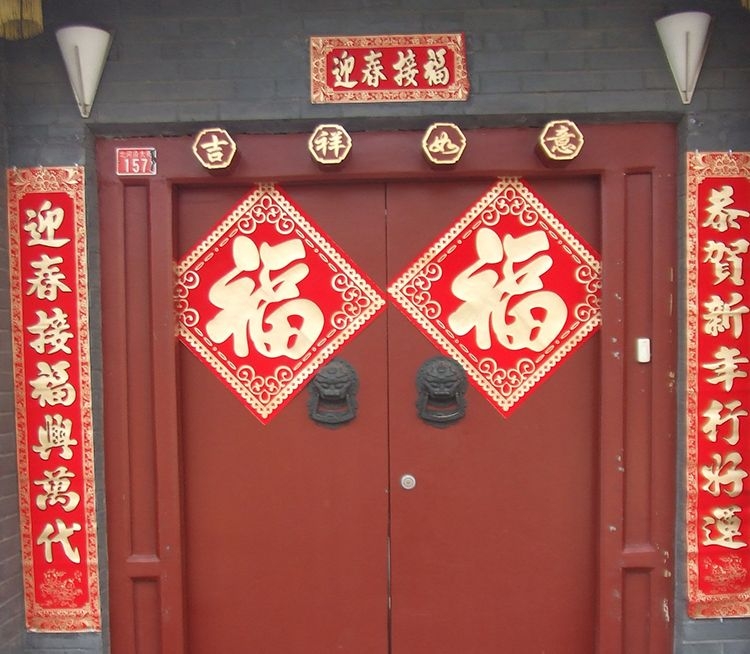 |
| Photo: Pinterest |
New Year couplets (对联 duìlián /dway-lyen) are pasted on doors. On the couplets, good wishes or statements are expressed.
New Year's good wishes are usually posted in pairs (i.e. couplets), as even numbers are associated with good luck and auspiciousness in Chinese culture. Couplets are brush works of Chinese calligraphy, in black ink on red paper.
The two usually-seven-character lines of the couplet are affixed on the two sides of a doorway. Many are poems about the arrival of spring. Some are statements about what the residents want or believe in, such as harmony or prosperity. These might remain up until renewed at the next Chinese New Year.
In the same vein, a four-character idiom of well wishes is often added to the crosspiece of the door frame as well.
3. Paper Cuttings — Luck and Happiness
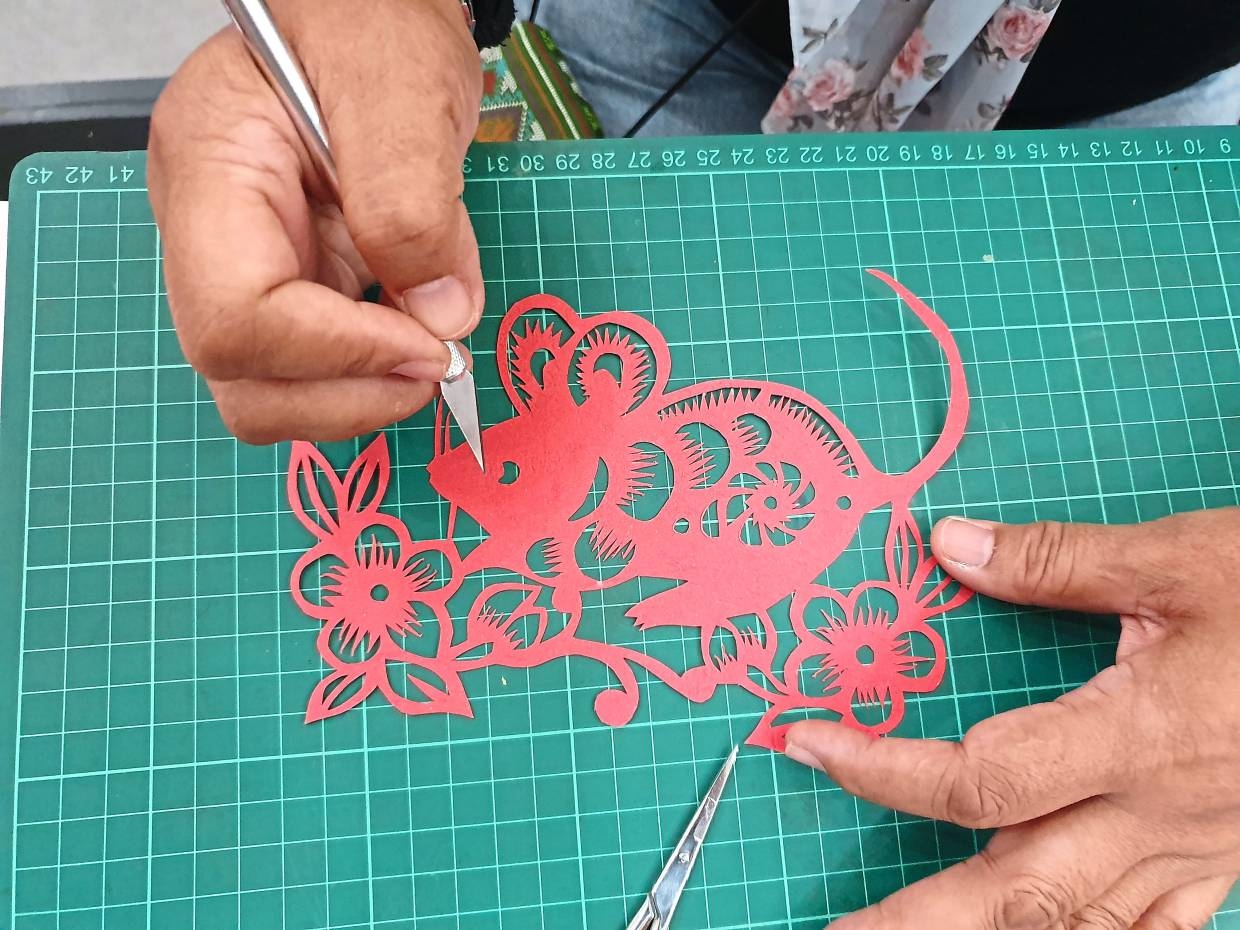 |
| Photo: The Star |
Chinese New Year Decorations.It is a custom to paste paper cutouts on windows during the Chinese New Year.
Paper cutting is the art of cutting designs out of paper (any color, but typically red for the Spring Festival), and then gluing them to a contrasting backing or a transparent surface (e.g. a window). It is customary for people in northern and central China to paste red paper cuttings on doors and windows.
For example, the peach symbolizes longevity; the pomegranate, fertility; the mandarin duck, love; the pine tree, eternal youth; the peony, honor and wealth; while a magpie perched on the branch of a plum tree presages a lucky event that will soon happen.
4. New Year Paintings — a Symbol of New Year's Greetings
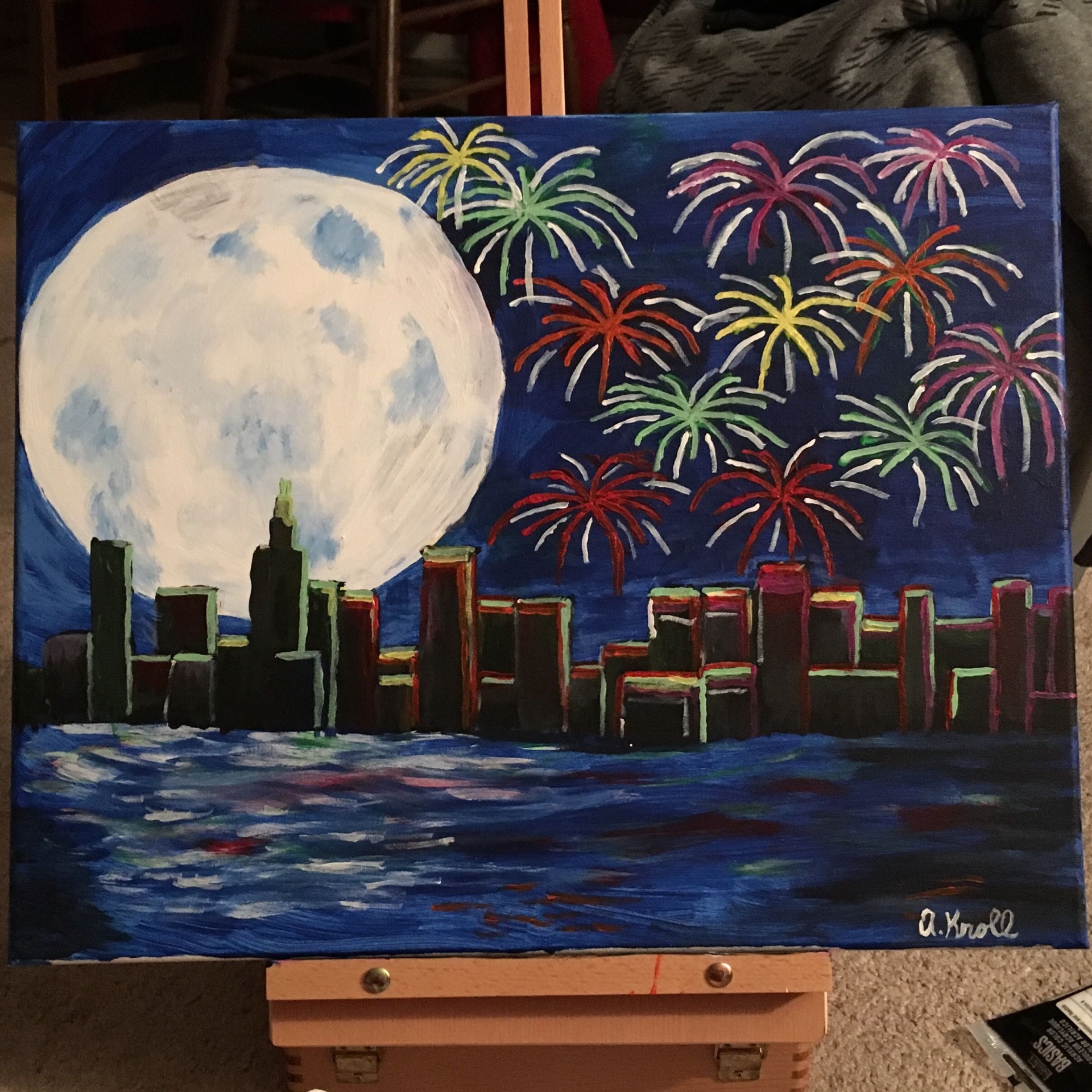 |
| Photo: Pinterest |
New Year Paintings (年画 niánhuà /nyen-hwaa/) are pasted on doors and walls during the New Year for decorative purposes and as a symbol of New Year's greetings. Images on the paintings are auspicious legendary figures and plants.
5. Upside-Down Fu Characters — Luck 'Poured Out'
Similar to New Year couplets, and sometimes as paper cuttings, is the pasting of big diamonds (squares at 45°) of paper calligraphy with the inverted Chinese character 福 (fú /foo/) on or over doors.
The fu characters are deliberately inverted. Fu means 'good fortune', and posting the character upside down means they want the 'good fortune' to "pour out" on them.
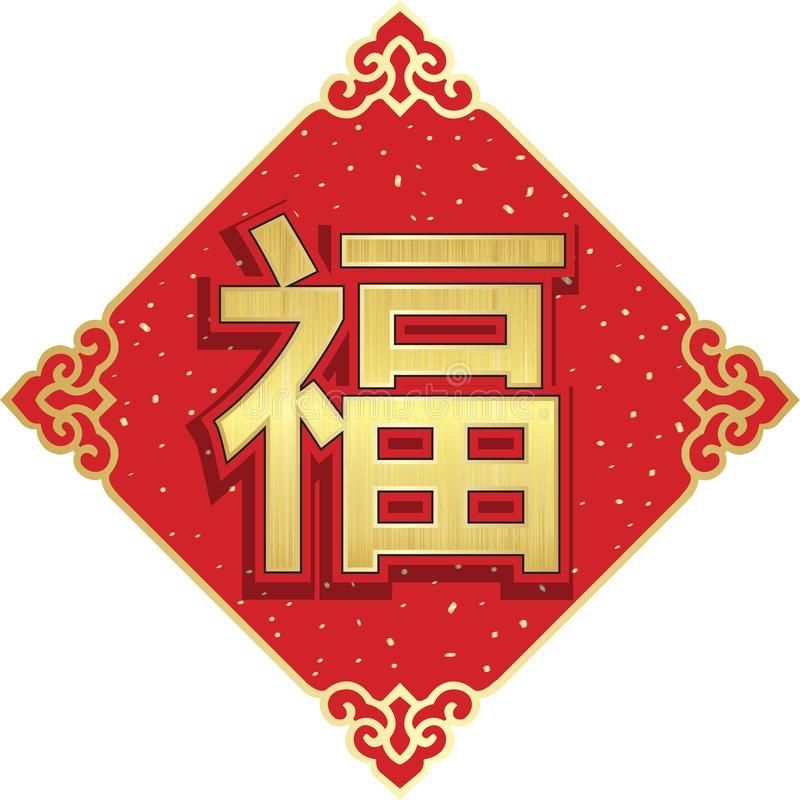 |
| Photo: Pinterest |
The right side of the character was originally a pictogram for a jar. So by upturning, the character implies they're "pouring out" the jar of good fortune on those coming through the door!
This interesting tradition may have come from an innocent mistake...
One Chinese New Year's day (the exact year is not known now), a family attached their 福 (fu) upside down as a careless mistake. On the first day of Chinese New Year, their first guest came to visit, and saw the upside-down 福, and kindly shouted to them: "你们的福倒了!" ('Your fu is upside down!').
倒 (dao /daoww/) means 'to invert', but also means 'to pour out'. So "你们的福倒了" could be understood as ‘Your fu (blessing) has been poured out’. People liked the alternative meaning so much that they started fixing their fu decorations upside down to "invoke" a 'pouring out' of blessings.
6. Kumquat Trees — a Wish for Wealth and Good Luck
 |
| Photo: China Tour Advisors |
In Cantonese, the kumquat is called gam gat sue. The word gam (金) is the Cantonese word for 'gold', and the word gat sounds like the Cantonese word for 'good luck'.
Likewise in Mandarin, the kumquat is called jinju shu (金桔树 jīnjú shù /jin-jyoo shoo/), and the word jin (金) is the Chinese word for gold. The wordju not only sounds like the Chinese word for 'good luck' (吉 jí /jee/), but also contains the Chinese character if written 桔.
Therefore, having a kumquat tree at home symbolizes a wish for both wealth and good luck. Kumquat trees are a very popular plant displayed during the Chinese New Year holidays, especially in South China's Cantonese-speaking regions of Hong Kong, Macau, Guangdong, and Guangxi.
7. Blooming Flowers — Wishes for a Prosperous New Year
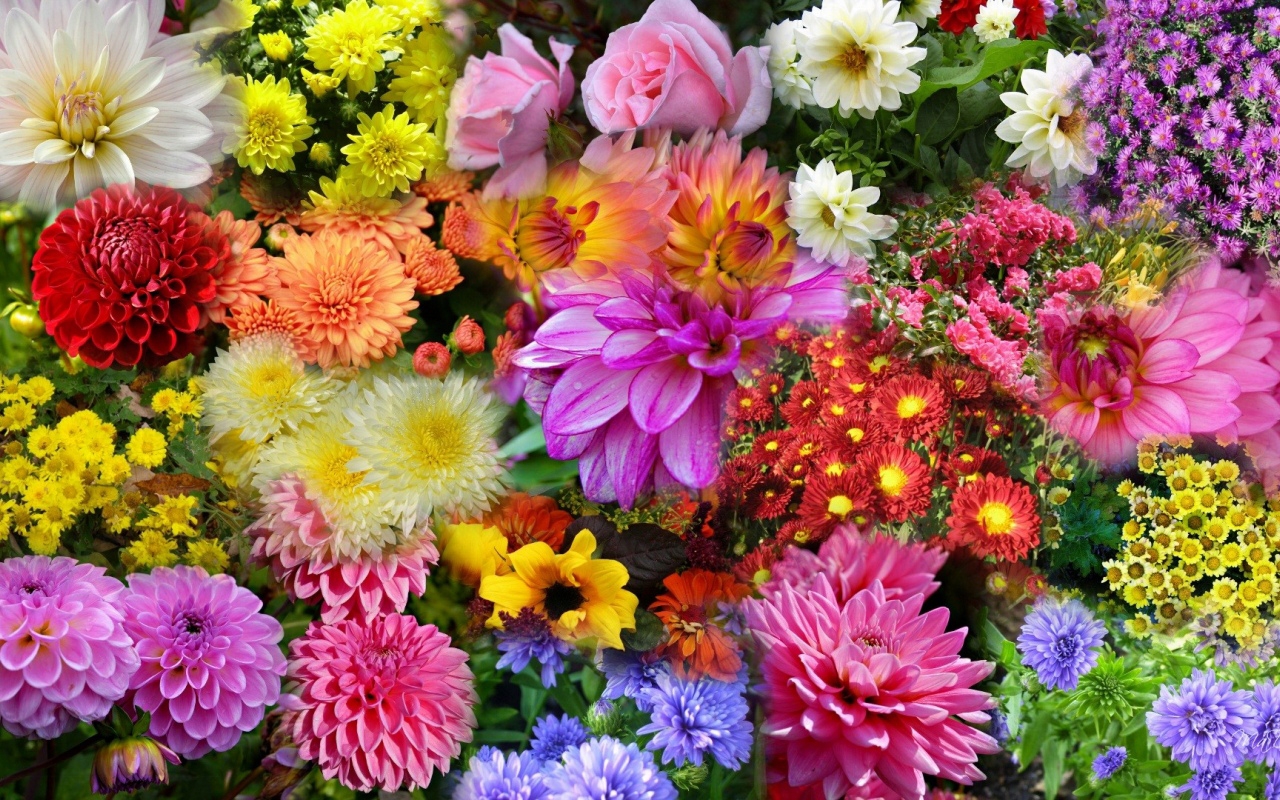 |
| Photo: Gardens Inspired - blogger |
Chinese New Year, also called Spring Festival, marks the beginning of spring. It is not uncommon to decorate houses with blooming flowers, which symbolize the coming of spring and wishes for a prosperous new year.
The most popular blooming plants traditionally used during this period are: branches of plum blossoms, orchids, peonies, and peach blossoms.
Plants and flowers are extremely popular in Hong Kong and Macau as Chinese New Year Decorations.
8. Golden Pumpkin
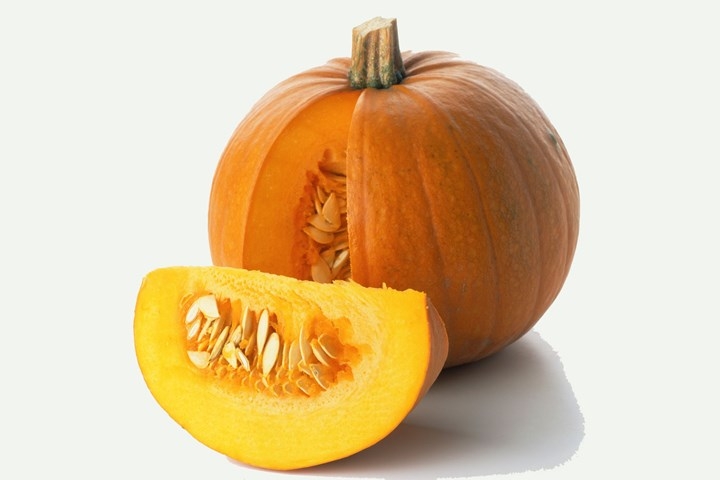 |
| Photo: New Idea Food |
If you want to have luck and money on Chinese New Year, it would be good to place on the bedroom nightstands a golden pumpkin. Also, this will protect you against sickness, and it will maintain a perfect mood, says The Chinese Zodiac.org.
9. Square Plates and Round Teacups
Usually, a platter with oranges and tangerines, candies, and eight types of dry sweet fruits will be placed in the guest room, symbolizing “abundant happiness”. The sweets tray must be round or rectangular, and it is called “the tray of togetherness”. After some sweets are served from this platter, the adults will place in its center a red envelope. Besides these arrangements, people clean their houses to ward off bad luck and repaint the doors and the window sills, usually with red paint.
 |
| Photo: Pinterest |
Traditionally, each family performs general cleaning of the house to eliminate any unhappiness, in the hope of a better year. Before the beginning of the holiday, the houses need to be clean, and all the cleaning supplies are thrown before the New Year. One superstition claims that if you sweep during this period, you throw away the luck for the entire year. In general, throughout the Spring Festival, large quantities of food are consumed, larger than at any other time of the year.
This huge quantity of food symbolizes abundance and wealth in the house they are served. In general, throughout the Spring Festival, large quantities of food are consumed, larger than at any other time of the year. This huge quantity of food symbolizes abundance and wealth in the house they are served. During the last evening of the year, people don’t sleep even after midnight, to say goodbye to the old year and welcome the New Year. At midnight, they open the doors and windows for ten minutes to let the old year pass, and to make way to the year that is just beginning. The evening ends with fireworks to ward off the evil spirits. Some say that those who don’t follow these rituals and traditions risk not having a very good journey in the coming year. Share this...
10. Decorate Using Oranges and tangerines
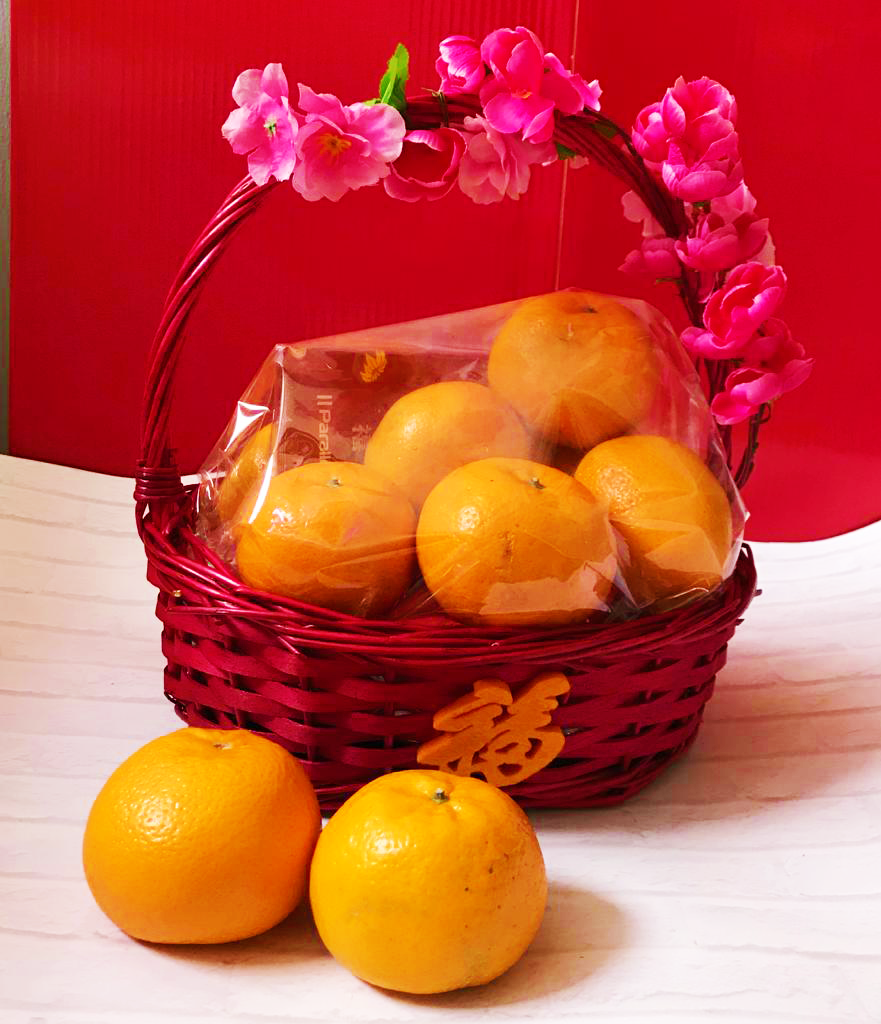 |
| Photo: Floral Garage Singapore |
According to Chinese tradition, on the New Year, it is a good idea to decorate the dinner table with tangerines and oranges because these fruits are known to attract fortune. It is also recommended to place on the table some trays with sweets and dry fruits to ensure energy fluidization.
| For beautification, the Chinese people use calligraphy, poetry, plants, and food to express hopes for happiness, good luck, and prosperity. They keep their house full of auspicious symbols which indicate of hope of the family living together and bringing good fortune. Other popular decorations include the Kumquat trees and auspicious plants like the mandarin oranges ( 桔子 / júzi), which are popular for the same reasons as kumquats, chrysanthemum flowers. Including plum trees and pine trees. |
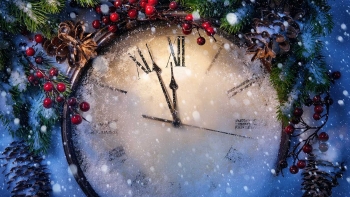 Top Inspirational Prayers for New Year Top Inspirational Prayers for New Year A fresh year is coming. It's time to welcome new things, new changes. It's also a time to give thanks for the past year with ... |
 Top 15 Taboos and Superstitions on New Year and Spring Festival Top 15 Taboos and Superstitions on New Year and Spring Festival There are a lot of traditions of festivities for this special occasion, stemming from ancient times, as well as taboos and superstitions. |
 How to Celebrate New Year Virtually During Covid-19 How to Celebrate New Year Virtually During Covid-19 Check out 7 interesting ideas to celebrate New Year during the Covid-19 pandemic! |









